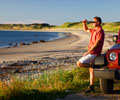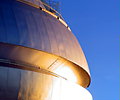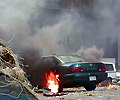Culebra Island lies 27 km / 17 miles east of Puerto Rico and 19 km / 12 miles west of St. Thomas. This small, laid back Caribbean island is a municipality of Puerto Rico and therefore both Spanish and English are spoken. Because of its geographical location in proximity of U.S. Virgin Islands and unquestionable beauty, Culebra is sometimes called the Spanish Virgin Island.
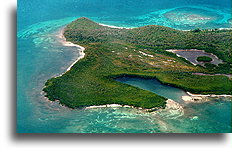
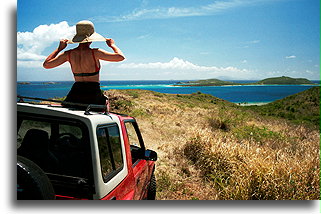
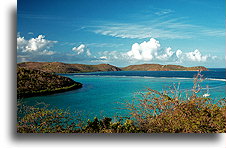
Isla de Culebra was first discovered by Columbus on his second voyage in 1493. The first known inhabitants on the island were Taino Indians. Throughout the years of the rich Spanish trade with the New World, Culebra's protected harbor served as a base for pirates. When the first colonists arrived, in 1880, from neighboring Vieques and Puerto Rico, the Indians and pirates were gone. In 1898 Puerto Rico was ceded to the U.S. by Spain at the end of the Spanish-American war. Culebra and surrounding cays became the primary gunnery and bombing practice site for the U.S. Navy and continued to be used for these purposes until 1975.
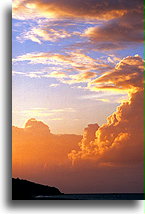
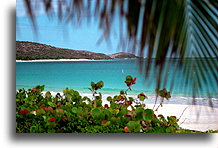

Culebra provides many possibilities for scuba diving and snorkeling among beautiful coral reefs, turtle watching and hiking to remote sand beaches. The island has no major hotels, no casinos, no fast food chains, no night clubs, no shopping malls and no crime. This is the place for the travelers who are looking for the natural beauty, adventure and deserted beaches.
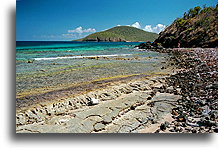
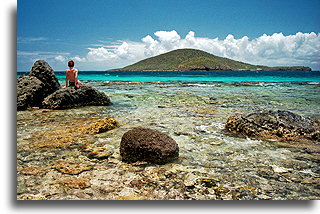
Coral is actually a very small animal with calcium carbonate or horny skeleton. It forms colonies by building new layers on death lower members. The growth rates of most coral colonies are exceedingly slow, ranging from 6 to 25 mm a year. Coral reefs are formed only in the tropics where the water is warmer than 22°C / 72°F. Two types of a coral reef can be found on Culebra: fringing reef (platforms continuous with the shore) and barrier reef (separated from the shore by a wide, deep lagoon).
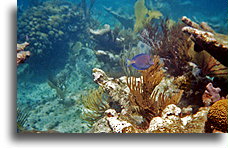
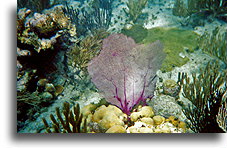
Diving is a must on this island. Average water temperature is 27°C / 80°F and coral reef is accessible from the beach. If you do not scuba dive, snorkeling is an option.


